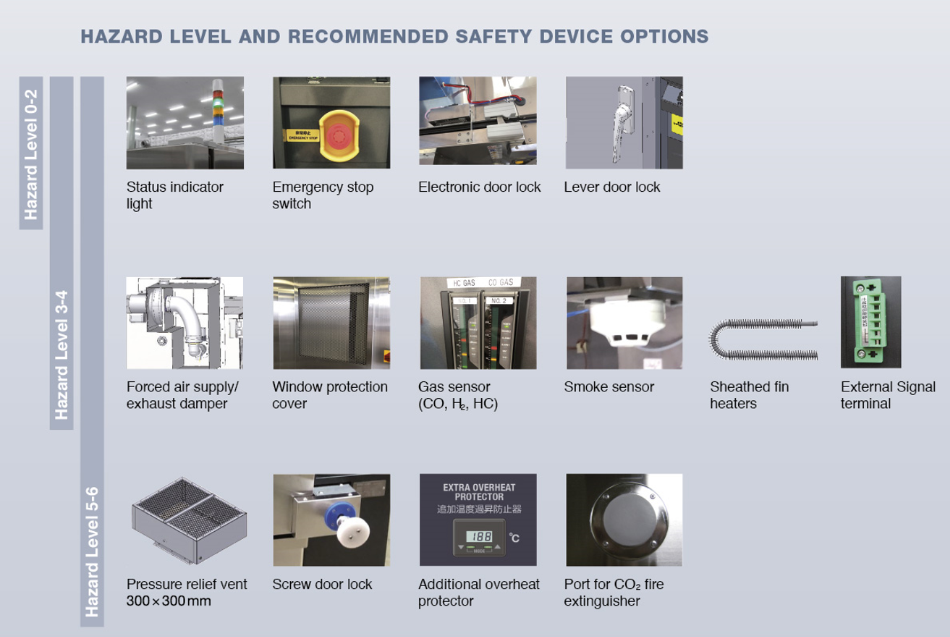Title: Electrical Hardware Components: A Comprehensive Guide
This comprehensive guide to electrical hardware components provides a detailed understanding of the various types of components and their applications in electrical systems. From resistors and capacitors to switches and sensors, this guide explains the fundamental concepts and properties of each component, as well as their role in the overall functioning of an electrical circuit. Additionally, it discusses common problems and troubleshooting techniques related to these components, helping engineers and technicians alike to diagnose and repair issues quickly and accurately. This guide is essential for anyone working with electrical hardware components, providing a reliable reference for both professionals and students alike.
Electrical hardware components are essential for the functioning of various electrical devices and machinery. These components, which are often made from metal, plastic, or a combination of both, serve a range of purposes such as connecting, supporting, or regulating the flow of electricity. In this comprehensive guide, we will explore the different types of electrical hardware components, their functions, and the materials they are commonly made from.
Types of Electrical Hardware Components

1. Connectors
Connectors are used to join two or more electrical devices together. They are available in a variety of shapes and sizes, depending on the specific application. Common materials for connectors include copper, aluminum, and plastic.
2. Switches
Switches are used to control the flow of electricity to a particular device or circuit. They can be manual or automatic, and are often found in devices such as lamps, fans, and computers.
3. Fuses
Fuses are safety devices that protect against electrical overloads. They are designed to break the circuit if the current exceeds a certain limit, preventing damage to the device or posing a risk of fire.
4. Circuit Boards
Circuit boards are flat pieces of material upon which electrical components are mounted. They serve as the foundation for connecting and routing signals within a device. Common materials for circuit boards include fiberglass, plastic, and metal.
5. Resistors and Capacitors
Resistors and capacitors are passive electrical components that store or regulate the flow of electricity. Resistors limit the current flow, while capacitors store energy in the form of an electrical charge.

6. Motors and Generators
Motors and generators are active electrical components that convert electrical energy into mechanical energy or vice versa. Motors drive devices such as fans, pumps, and machines, while generators convert mechanical energy into electrical energy.
7. Transformers
Transformers are used to convert voltage levels between different circuits. They are essential in power distribution systems, allowing devices to operate at the correct voltage level.
Functions of Electrical Hardware Components
Electrical hardware components serve a range of functions in electrical systems. Some common functions include:
1、Connecting: Components such as connectors and cables join different devices or circuits together, allowing for the flow of electricity to occur.
2、Switching: Switches control the flow of electricity to specific devices or circuits, allowing for manual or automatic control of power supply.
3、Protecting: Fuses protect against electrical overloads, breaking the circuit if the current exceeds a certain limit to prevent damage to the device or risk of fire.
4、Routing: Circuit boards provide a foundation for connecting and routing signals within a device, serving as the backbone of the electrical system.

5、Regulating: Components such as resistors and capacitors regulate the flow of electricity, either limiting current or storing energy in the form of an electrical charge.
6、Converting: Motors and generators convert electrical energy into mechanical energy or vice versa, driving devices such as fans, pumps, and machines.
7、Transforming: Transformers convert voltage levels between different circuits, allowing devices to operate at the correct voltage level for their intended purpose.
Materials Used in Electrical Hardware Components
Electrical hardware components are often made from a variety of materials depending on their specific application and function within an electrical system. Common materials include:
1、Metal: Metals such as copper, aluminum, and steel are commonly used in connectors, switches, fuses, circuit boards, resistors, capacitors, motors, generators, and transformers due to their excellent electrical conductivity and mechanical strength.
2、Plastic: Plastics are often used in components such as circuit boards and connectors due to their lightweight nature, resistance to corrosion and moisture damage, and low cost compared to metals like copper or aluminum that also have good electrical properties but are more expensive than plastic materials used in typical electronic equipment designs today which tend not require heavy duty construction like automotive wiring harnesses do but rather lightweight flexible designs suitable for consumer electronics applications like computers where weight savings can be significant especially if multiple cables need to be connected together inside a computer case which often requires bending them through tight spaces without breaking them open so no exposed wires will short out against each other causing damage that could affect performance negatively if not corrected promptly by replacing damaged parts with new ones before further use occurs again after repairs have been made successfully without any issues arising from using inferior quality materials during assembly process stages that could potentially lead to premature failure rates being experienced by end users who might not realize there was an issue until it's too late since most people don't open up their computers very often unless they're doing maintenance work like cleaning out dust bunnies from inside which is another story altogether but relates back indirectly here since dust can cause problems too if not dealt with properly during regular maintenance intervals set up during initial use phase
Articles related to the knowledge points of this article:
Furniture Hardware Accessories Wholesale: A Comprehensive Guide
Title: The rise of hardware accessories on Taobao
Screen Hardware Fittings: The Heart of Screens and Doors
Title: Exploring the Excellence of Hunans Energy-Efficient Hardware Components and Supplier Network
Vita Hardware Components: The Key to Quality and Performance



